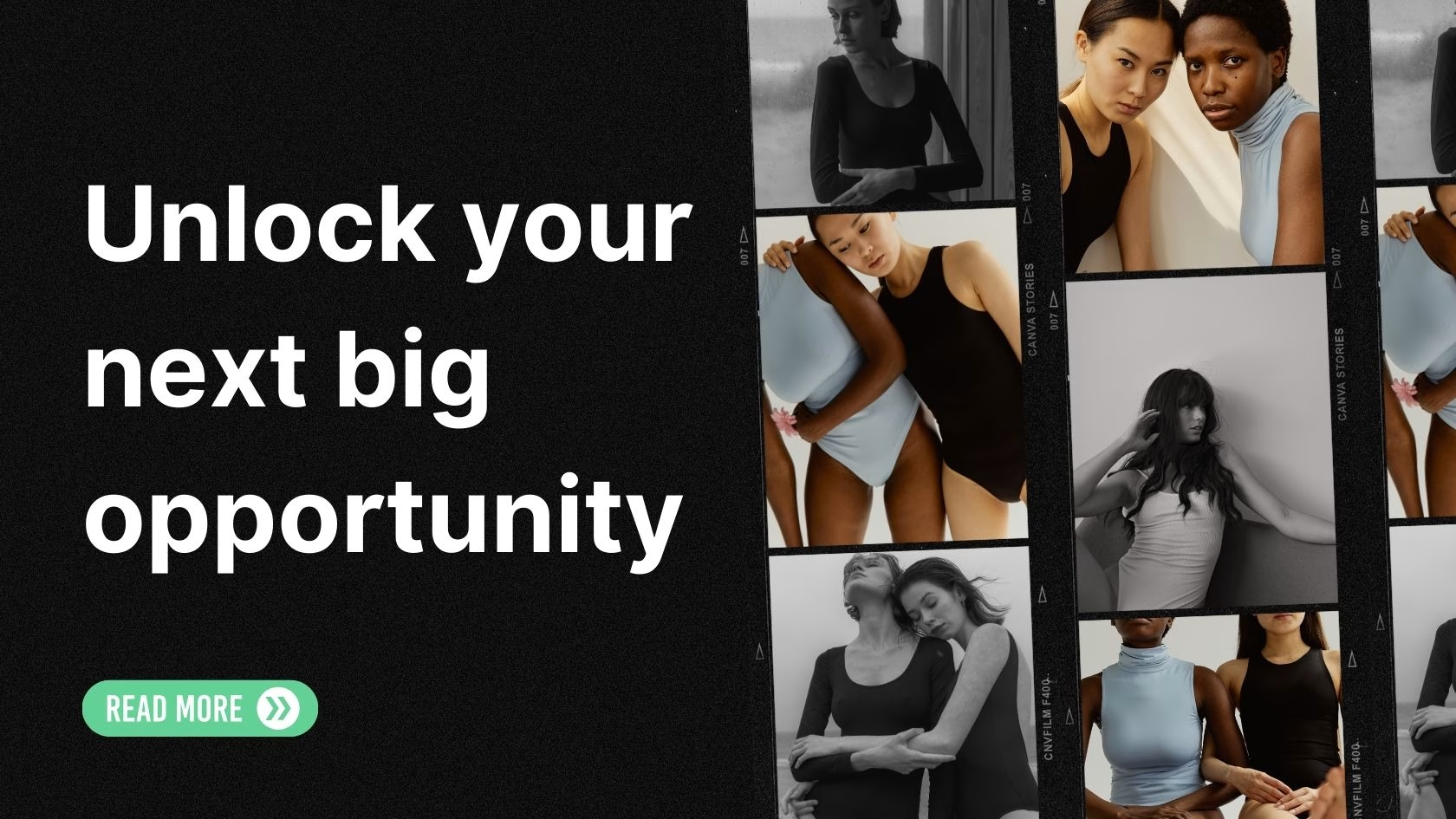Takeaways
- Lawsuit at the Forefront: Justin Baldoni has filed a $250 million lawsuit against The New York Times over allegations tied to Blake Lively’s claims of harassment on the set of It Ends With Us.
- Key Allegations: The lawsuit accuses The New York Times of cherry-picking and manipulating evidence to support a biased narrative.
- Industry Impact: The case highlights the challenges of navigating media representation in Hollywood, especially amidst conflicting allegations and reputations.
Justin Baldoni, the actor and director known for his work in It Ends With Us, has filed a $250 million lawsuit against The New York Times (NYT), claiming the publication relied on Blake Lively’s “self-serving narrative” and omitted critical context. The case, filed in Los Angeles Superior Court, also names several plaintiffs, including publicists and producers, accusing the newspaper of libel and invasion of privacy.
Background of the Allegations
The conflict began with an NYT report published in December, which painted Baldoni as a director accused of repeated harassment against co-star Blake Lively. Text exchanges between the two were quoted to support claims, including incidents where Baldoni allegedly entered Lively’s makeup trailer uninvited.
However, Baldoni’s lawsuit argues these claims were misrepresented. One specific text exchange revealed Lively inviting Baldoni to her trailer for script discussions while breastfeeding—a situation the NYT framed as harassment.
The Lawsuit’s Claims
The 87-page complaint accuses the NYT of:
- Manipulating text messages and emails to fit a specific narrative.
- Omitting evidence contradicting Lively’s accusations.
- Relying on her unverified statements to damage Baldoni’s reputation.
One example includes the NYT’s omission of a sarcastic emoji in a publicist’s text, which would have altered the interpretation of the message.
Response from The New York Times
A spokesperson for the NYT defended the article, stating it was based on “a thorough review of thousands of documents.” The publication plans to “vigorously defend” its reporting and argues that Baldoni’s camp has not provided evidence of factual inaccuracies.
Blake Lively’s Federal Complaint
Lively, in turn, filed a federal complaint accusing Baldoni and others of retaliation for her reporting harassment concerns. Her legal team alleges Baldoni’s actions violated federal and California workplace safety laws.
“Ms. Lively’s decision to speak out has resulted in further retaliation,” her attorneys said. They also referenced an 80-page document filed with the California Civil Rights Department outlining the alleged misconduct.
Industry Repercussions
The allegations led to Baldoni being dropped by his talent agency, WME, hours after the NYT story broke. Publicists involved in the lawsuit, Melissa Nathan and Jennifer Abel, claim the accusations against them were exaggerated and are defending their practices as “standard industry conduct.”
Key Details from the Lawsuit
- Birthing Video Controversy: The lawsuit refutes claims that Baldoni’s co-producer showed Lively a “pornographic” video, clarifying it was a personal recording of a home birth meant to inform a scene in the film.
- Wardrobe Discussions: Text messages reveal Lively’s own use of the word “sexy” to describe her character’s wardrobe, contradicting claims that Baldoni imposed inappropriate directives.
- Ryan Reynolds’ Role: The lawsuit mentions a heated meeting where Lively’s husband, actor Ryan Reynolds, allegedly berated Baldoni. WME denies any involvement from Reynolds in its decision to drop Baldoni.
Broader Implications
This high-profile dispute underscores the challenges of navigating power dynamics, media representation, and the consequences of publicized allegations in Hollywood. With both lawsuits heading to court, the unfolding cases will likely reveal further insights into the intricacies of this controversy.


